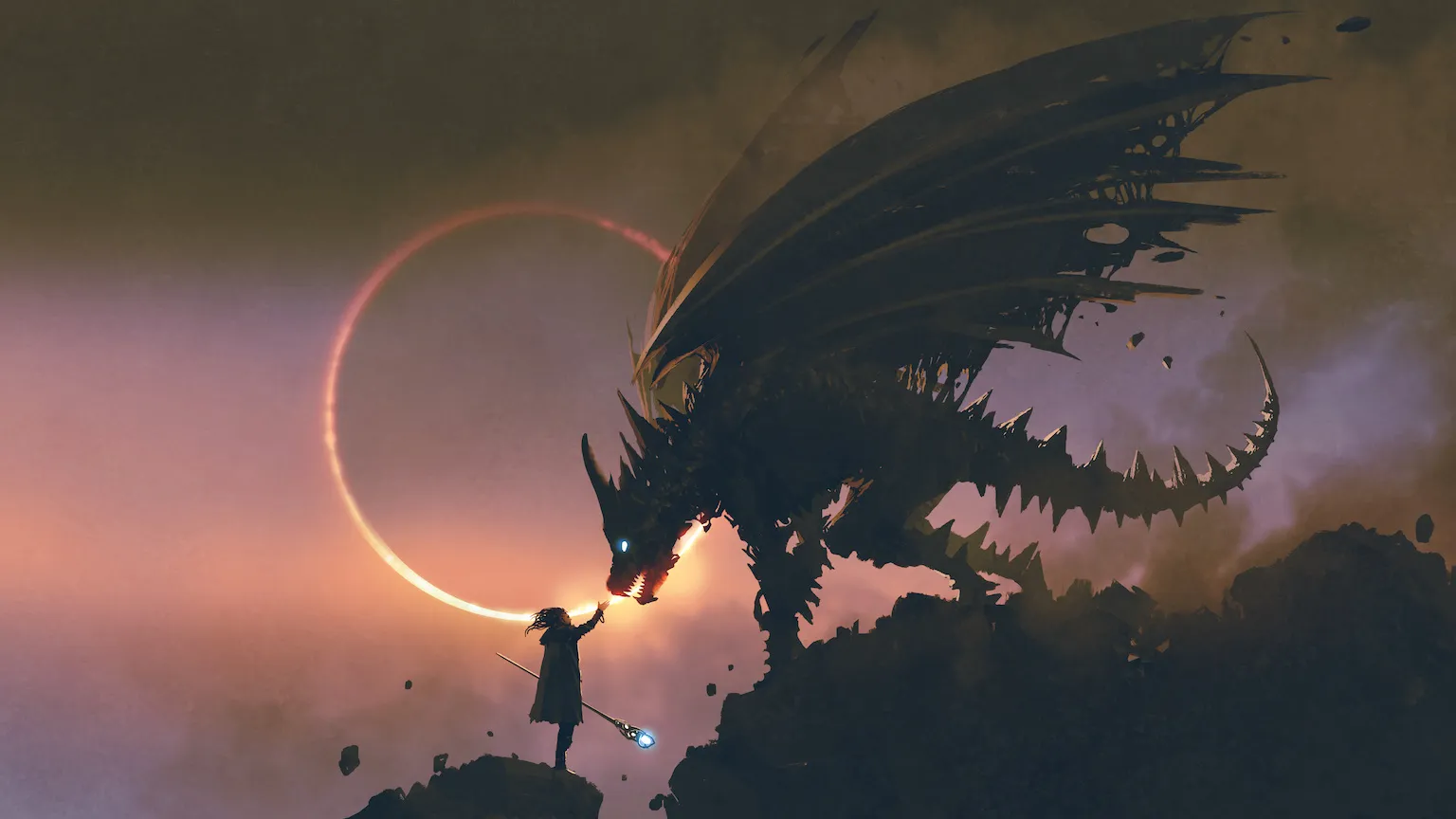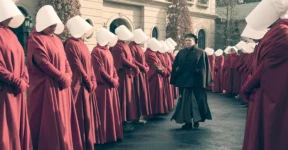It’s easy to argue that science fiction is one of the most popular genres today. Recent years have brought cinematic masterpieces like Dune, Everything Everywhere All at Once, and Crimes of the Future. Television screens are dominated by shows like Stranger Things, The Expanse, Westworld, Foundation, Black Mirror, and The 100. In literature, classics like Neil Gaiman’s American Gods, Margaret Atwood’s The Handmaid’s Tale, Robert Jordan’s (and Brandon Sanderson’s) The Wheel of Time series, and H.G. Wells’s The War of the Worlds continue to spark discussions in online forums. However, some of these works blur the lines between traditional sci-fi and science fiction fantasy.

Science fiction emerged two centuries ago with Mary Shelley’s Frankenstein; or, The Modern Prometheus (1818), a product of the burgeoning Industrial Revolution. Pulp magazines like Analog Science Fiction and Fact, Weird Tales, and Amazing Stories propelled the genre’s popularity. Radio broadcasts of Flash Gordon and Buck Rogers in the 1930s further solidified its foundation. Orson Welles’s radio adaptation of H.G. Wells’s The War of the Worlds cemented the public’s fascination with sci-fi.
Fantasy’s origins are more elusive, perhaps tracing back to early mythology. Arthurian legends and Beowulf, while emerging between the 8th and 11th centuries, are relatively recent in fantasy’s history. J.R.R. Tolkien’s The Hobbit and The Lord of the Rings arguably marked fantasy’s transition into a mainstream and respected genre, setting the template for sword and sorcery adventures.
Just as horror and comedy, or documentary and fiction, can blend, so too can science fiction and fantasy. Their shared focus on the imaginative and speculative makes them inherently compatible. Hypothetical technologies can merge with magic, aliens with mythical creatures. The result is often a rich, expansive world ripe for creative, fantastical, and entertaining storytelling that retains a relatable core.
Defining the Mixed Genre
Science fiction fantasy (sometimes called science fantasy) blends fantasy’s mythical aspects with sci-fi’s scientific qualities. Pure fantasy thrives on the supernatural and mystical, while pure sci-fi often (though not always) adheres to scientific plausibility. This mixed genre combines these elements within its narrative. A spaceship might traverse a black hole to land in a wizard-ruled civilization, or a human colony on a distant planet might discover a magical artifact for teleportation. The balance between fantasy and scientific ideas varies; some stories lean towards scientific concepts, others emphasize the fantastical.
Star Wars exemplifies science fiction fantasy, depicting futuristic civilizations governed by the mystical Force. Extraterrestrial species, lightsabers, hoverboard-like vehicles, weapons of mass destruction, and other elements coexist. Anne McCaffrey’s Dragonriders of Pern similarly blends alien colonization with genetically modified dragons.
How Did It Become So Popular?
Science fiction fantasy’s appeal lies in its seamless fusion of elements from both parent genres. Audiences readily embrace the combination of technology and magic, orcs and robots, hyperspace travel and teleportation, ancient lore and futuristic civilizations. This versatility within speculative fiction allows for limitless worldbuilding and character development, leading to infinite storytelling possibilities.
The genre’s adaptability across media—books, film, television, and video games—contributes to its popularity. Franchises like Star Wars and Avatar continue to expand across platforms. Advances in CGI technology further enhance the realism and believability of these worlds, captivating audiences’ imaginations.
Science fiction fantasy’s enduring appeal stems from its ability to make the impossible seem real while maintaining relatability. Despite otherworldly settings and fantastical adventures, the genre humanizes its characters, often placing them in battles between good and evil. It’s a testament to the power of imagination, transporting us to realms of endless possibilities.
Do you have a favorite or least favorite work of science fiction fantasy? Where do you think the blend between science fiction and fantasy fails in movies, books, or TV series? We’d love to hear your thoughts.
Other Things You Might Want to Know
What are some key milestones in the modern history of science fiction fantasy?
Most milestones have occurred in film and television, often adapting written works:
- Star Wars (1977–Present)
- Dune (2021) and Dune: Part Two (2024)
- Avatar film series (2009 & 2022, ongoing)
- The Final Fantasy series (video games, ongoing)
- The Witcher (TV series, 2019 – present)
Is “time travel” sci-fi or fantasy?
Time travel is a scientific concept, but currently remains primarily a fantasy trope. While some stories incorporate relativity, quantum mechanics, faster-than-light travel, and wormholes, time travel remains scientifically implausible.
What about alternate history?
If it involves present-day individuals traveling to the past via hypothetical technology, it falls under the same considerations as time travel.







